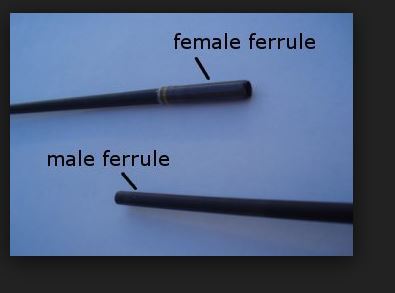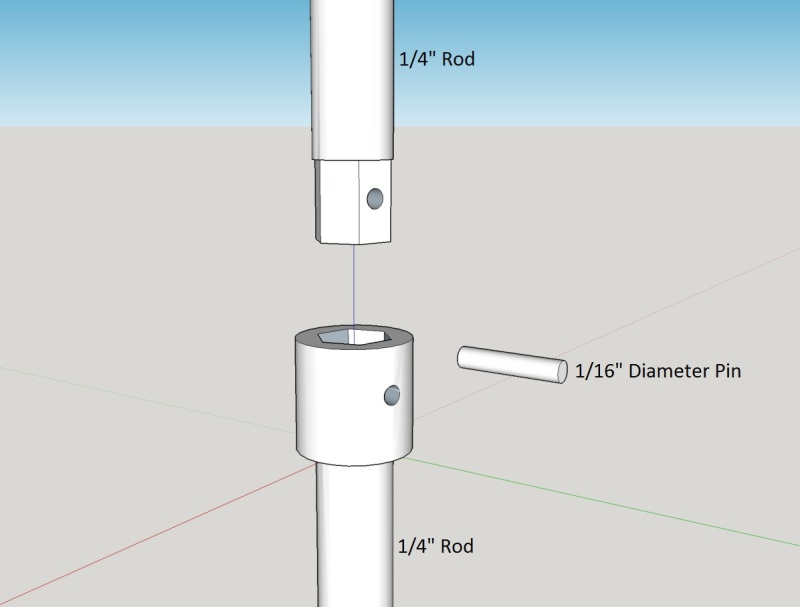DistressedNerd
Electrical
Hello,
I am in search of 1/4" to 1/4" diameter Steel Rod Coupling with the following requirements:
1. Low profile (minimal expansion beyond 1/4" cross section of rod)
2. Quick connect/disconnect
3. Structurally sound and near equivalent strength to 1/4" steel rod itself
4. The catch all - practical to incorporate in mass produced product
Please send a hyperlink of a rod coupling that meets the criteria and I'll make custom rap about your username and grant an additional wish.
Thank you,
Edison
I am in search of 1/4" to 1/4" diameter Steel Rod Coupling with the following requirements:
1. Low profile (minimal expansion beyond 1/4" cross section of rod)
2. Quick connect/disconnect
3. Structurally sound and near equivalent strength to 1/4" steel rod itself
4. The catch all - practical to incorporate in mass produced product
Please send a hyperlink of a rod coupling that meets the criteria and I'll make custom rap about your username and grant an additional wish.
Thank you,
Edison


